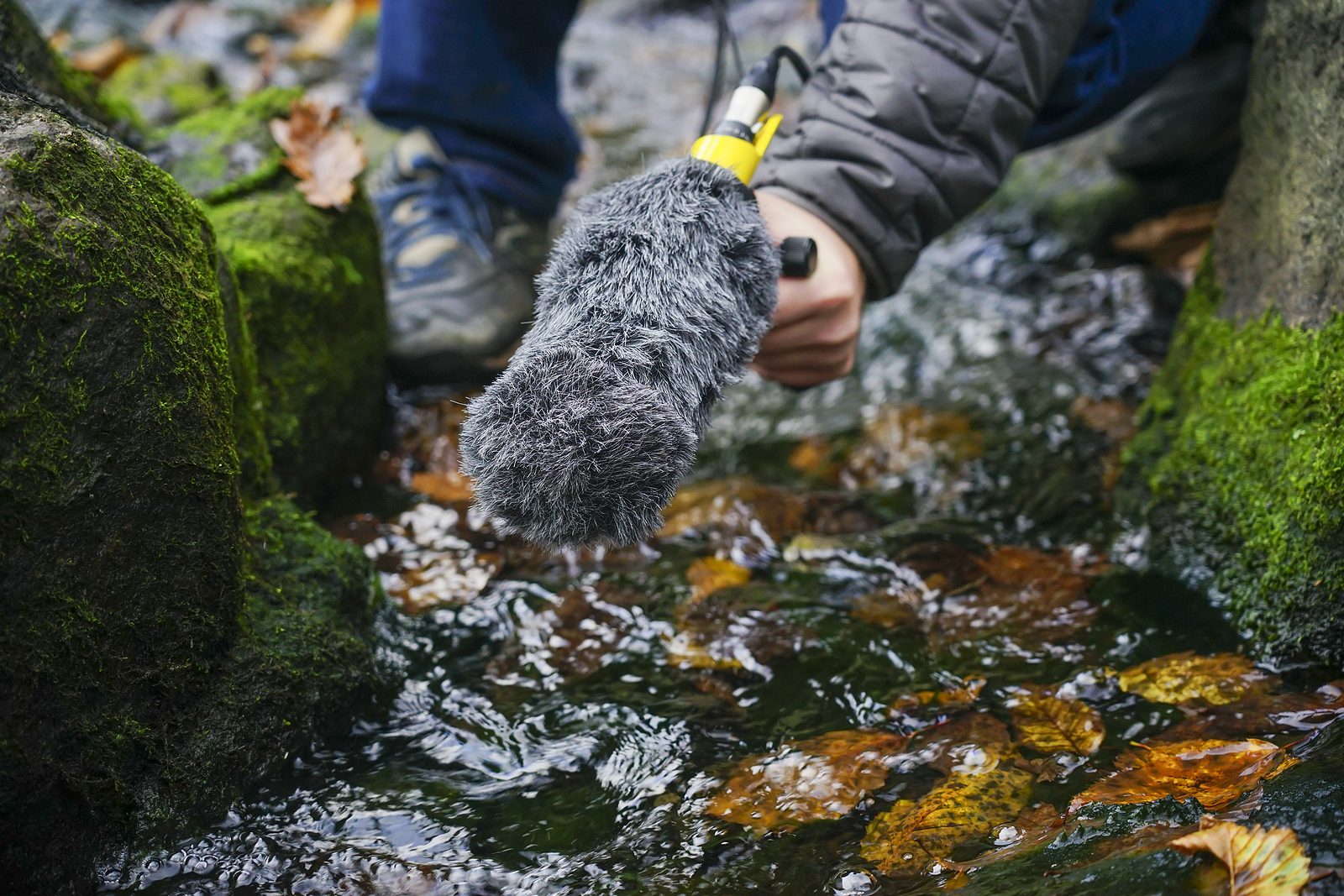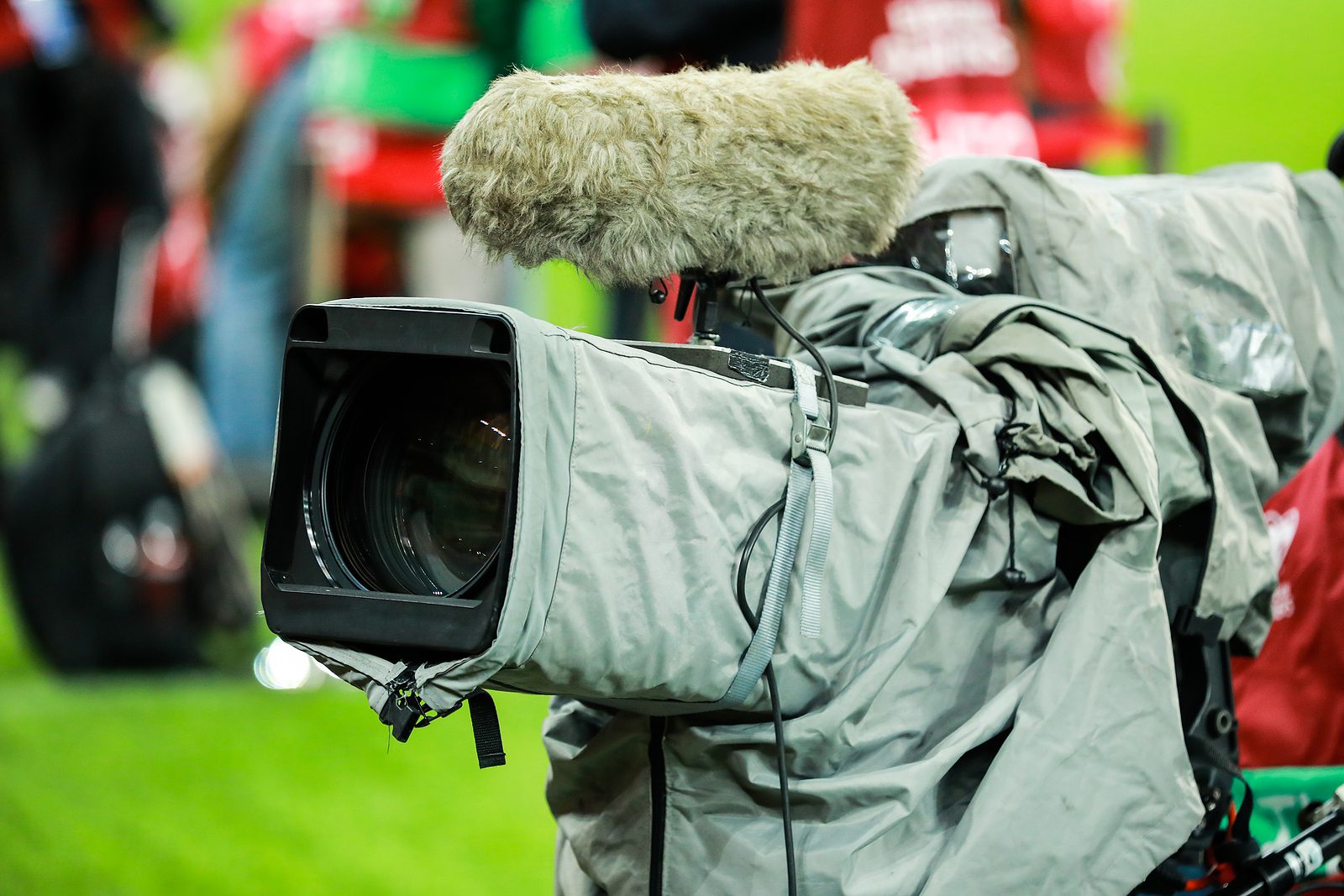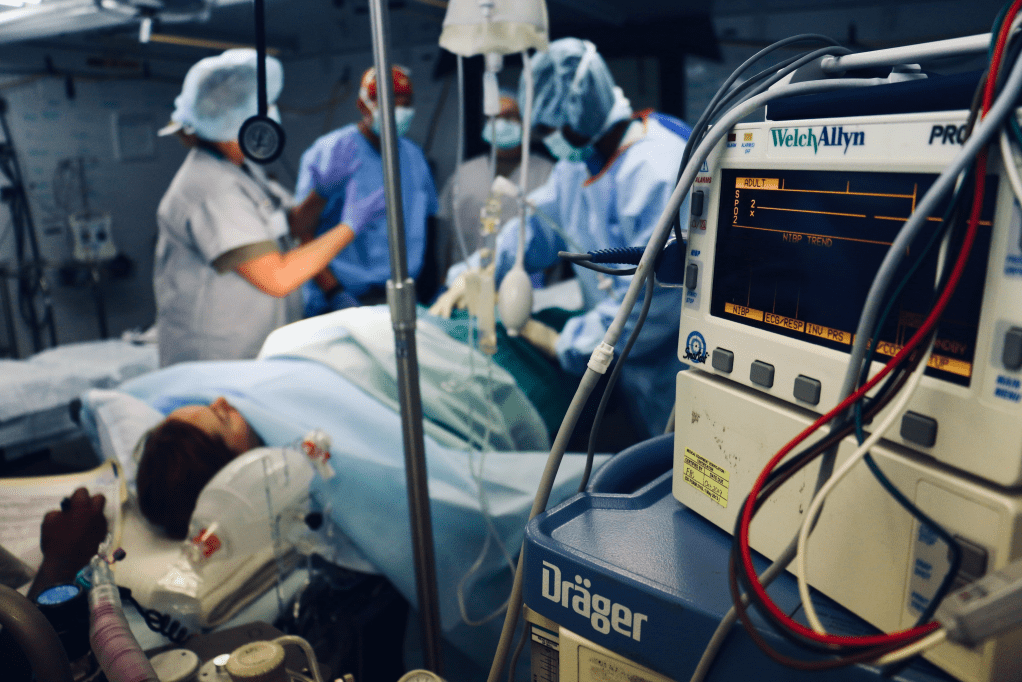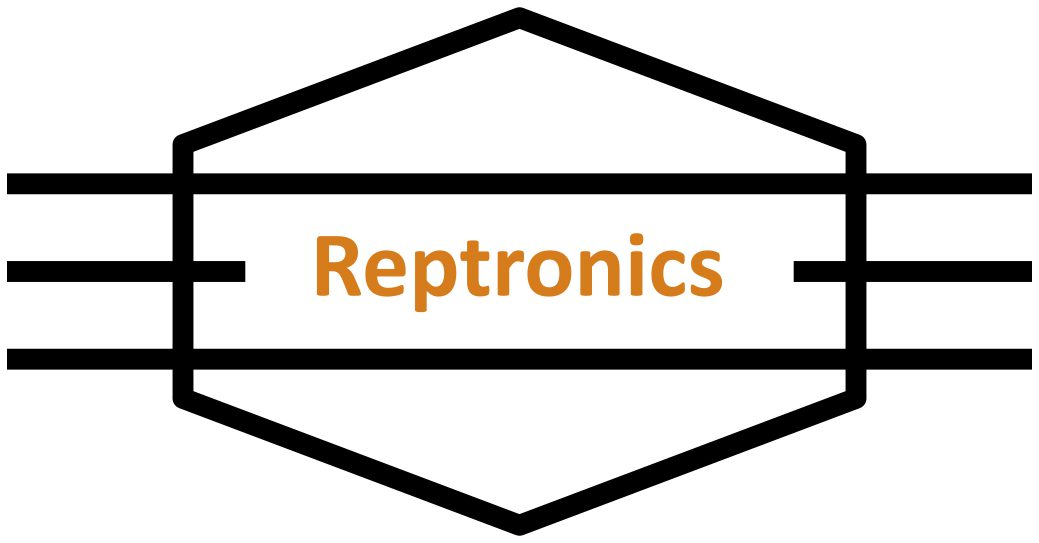Meet with an engineer
Latest News
Select a Category
Select A Product Type


PUI Engineers finding solutions with environmentally-rugged products

PUI Enhances Focus on Environmentally-Rugged Lines to Withstand the Elements

Innovations in ultrasound are pushing PUI Audio customers into new territory

Three Unique Ways Our Clients are Using Microphones to Collect More Than Voices

What you need to know before choosing the right microphone for your project

What’s the buzz about feedback you can feel? Three ways PUI’s new haptics can improve accessibility in medical and industrial settings

What’s changing about requirements for audio components in a medical setting?

Five uses for audio components in a medical setting

PUI Audio Welcomes European Sales Representative Firm

PUI Audio Welcomes First European Sales Representative Firm
